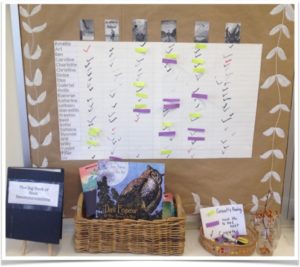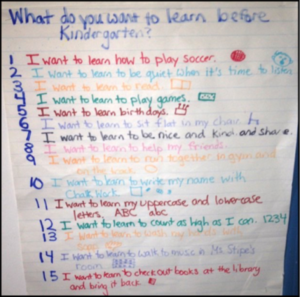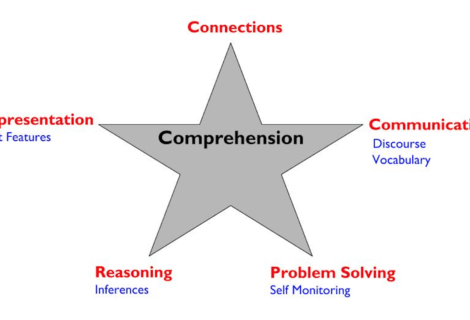Setting Class Goals
Working towards a common goal can bring a sense of community to a group of learners. When challenges arise during the work, the group can lean on each other for support and offer solutions to problems. When the goal is attained the group gets the benefit of celebrating with one another! Working through a class goal as a team also models a goal setting process: selecting a goal, devising a plan, reflecting and adjusting. This modeling prepares students to undertake goals on their own.
But where do these class goals come from? Who chooses them? When do students work on them? In our last blog we discussed how a teacher can protect time for students to work on passion projects, genius hours and choice challenges. These projects are a great place to get ideas for potential class goals. In this blog, we will explore how a teacher can facilitate class goals, monitor the class’ progress, and decide next steps.
Key Steps in Setting Class Goals
There are certain parts of the year that lend themselves well to setting class goals. Midyear is a natural time to set goals. Typically mid-year assessments have taken place and data is collected. With this data in mind, teachers can help lead students in a direction that makes sense in terms of next steps. At this point in the year, students also know each other as a group and have a good idea of everyone’s interests and strengths. So how do you get started?
First, decide on the class goal…
Goals can be set in any content area. Examples include reading all the books in a series, counting to a particular number, writing books on a certain topic, etc. Students may have lots of ideas, so a well facilitated classroom discussion may be needed to help make final selections.
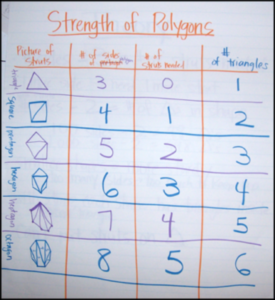
This class’ goal was to analyze the strength of polygons based on the number of triangles needed to make each.
Next, set an action plan, complete with a timeframe and deadlines…
Once the goal is set, decide on a time frame for check ins and any necessary deadlines. This is a great opportunity to use a calendar with students in an authentic way. While setting the time frame, decide how the goal will be accomplished. What steps are necessary? What materials or resources are needed? How will you know when you meet the goal?
Monitor progress with visuals and adjust as needed…
Once the plan is decided upon and made visible to students, check in regularly. How is the progress? Do you need to make any changes to the plan? Make sure to visibly document any changes and adjustment as another model for students.
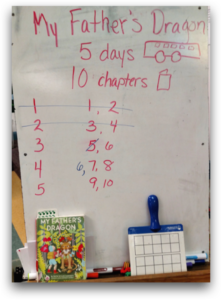
This class’ goal was to read My Father’s Dragon before seeing the play. They mapped out which chapters to read on which days. However, the plan needed to change on Day 3, so the teacher modeled how to revise their plan.
Celebrate!
Once the goal is attained, celebrate! You may be surprised that after attaining the goal, they are ready to set another one and get right to work! After the initial round, they will be filled with good ideas and begin to understand how the process works. After completing class goals, you will be able to move students into individual goals very easily.
Do you set class goals? We would love to see the work your class has done! Thinking of setting some class goals and have some questions? Email us at www.mathplusliteracy.com

